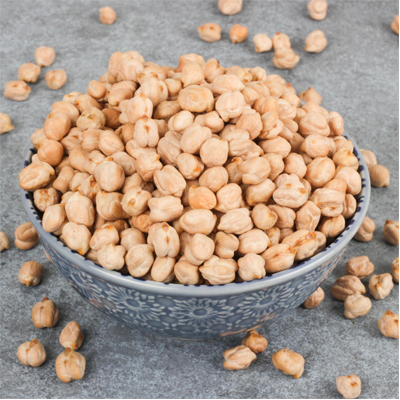
White ChickPeas (Kabuli Chana)
White Chick Peas is known as “Kabuli Chana” which is used to prepare a famous Punjabi dish “Chhole Bhature”. The legume is used in both whole and flour form. Kabuli chana is rich in soluble as well as insoluble dietary fiber, making it ideal for a healthy lifestyle.
Chickpeas in India are grown on moderately heavy soil mainly in the state of Madhya Pradesh with its season starting mainly from the month of February. India is among the top manufacturers of Chickpeas in the world. The leading exporters and suppliers or manufacturers of chickpeas in India are mainly located in the malwa region state of Madhya Pradesh due to higher production and better quality.
India is one of the largest chickpeas producers in the world followed by Australia, Turkey, Myanmar, Mexico and Canada. The growing export trend of chickpeas in India is bound to go higher as the quality grown here is in high demand all over the world.
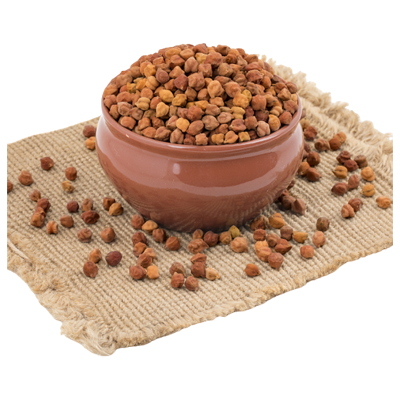
Brown Chickpeas
Brown Chickpeas is also known as Bengal Gram, Kala Chana and Desi Chana.
Brown Chickpeas is one of the most commonly consumed pulses in India. It can be used in numerous ways like sprouted, boiled, cooked and soaked. Also it can be used for Crunchy salads, tangy chaats, and mouthwatering curries in combination with various other vegetables.
By the intake of brown chana, good amount of iron and protein are consumed. The cooked chana can be stored in refrigerator for 3-4 days.
Chickpeas are healthy as they contain many nutritional elements that are deemed necessary for the proper growth of our body. Chickpeas contain many vital vitamins like Vitamin A, Vitamin B1, B2 and B3, Vitamin C, Vitamin, Vitamin E etc.
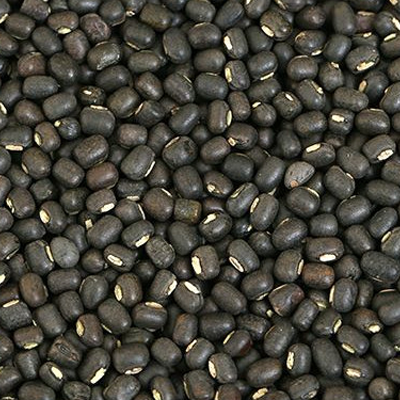
Whole Urad Dal
Urad dal is a very popular Indian dal used to make various cuisines such as Idli, Dosa, Dal, Confectionery,Pancakes of southern India and also papadums. Urad dal is easy to prepare It is cooked without soaking first
There are three types of Urad Dal:
-
1
Whole urad
-
2
Split black urad with skin
-
3
And split washed white urad
In some parts of India, Urad dal is used as a seasoning with mustard seeds and for curries. We provide high quality Whole Urad Dal in both skin and without skin forms.We also provide Black Urad Dal at most discounted rate in the industry.
It provides protein and cholesterol-lowering soluble fiber, as well as about twice as much iron as other legumes. It is recommended for diabetics, as are other pulses. Urad dal is all 100% natural & hygienically processes. With respect to its other features, this dal is low in fat, zero cholesterol and is an excellent source of protein and fiber
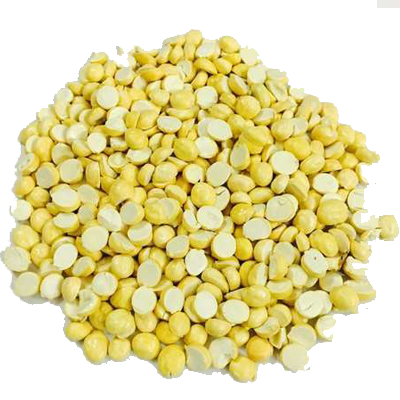
Chana Dal
Bengal gram is one of the earliest cultivated legumes. In Indian cuisine, it is popularly known as Chana Dal. It is highly demanded across the country. It is well known for its nutritive properties and rich taste. Bengal gram, closely related to the chickpea family, is a yellow lentil, rounded on one side and flat on the other.
Offering superior quality, organically grown chana dal at the highly market-leading rate, we have carved a niche amongst the top gram pulses exporters in India.
Bengal gram seeds are small and dark and have a rough coat. It is majorly cultivated in India, Pakistan, Bangladesh, Iran and Mexico.
In the Indian vegetarian culinary scenario, bengal gram is a major ingredient. It is essentially used in making curries. In the southern India, unripe grams are picked and consumed as snack and the leaves are added in the making of salads.
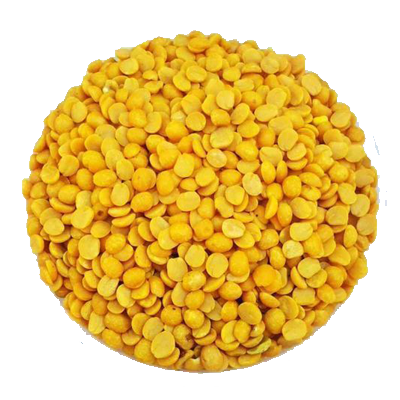
Toor Dal
Toor dal is the most widely used dal in India. It is also known as Toovar dal, Tuvar Dal, Arhar Dal, Peeli Dal or Yellow Dal in various regions.In Western countries they are known as pigeon peas. In Indian cooking, dal is the main accompaniment that can be served with any type of rice be it plain rice or jeera rice etc, or Indian flat bread like roti, chapatti, naan etc as it provides the requisite proteins for a balanced meal.
Toor dal is staple food in Indian cuisine. It is the main protein compliment for vegetarian diet when paired with a starchy food like rice and is a dish that is prepared every day in most of the Indian homes. Dal is a great way to bring India flavors into your homes. Tur dal is one of most prominent lentil among all the others available and exhibits a thick gelatinous meaty consistency.
This lentil is slightly sweet, having nutty flavor, easily digestible and absorbs the flavor of other spices quickly. Tur dal is one of most important ingredient used in preparing the popular south Indian dish called Sambar and is also used in preparing a variety of dal soups and stews.
This slightly sweet, nutty flavored lentil is highly digestible. It is loaded with carbohydrates, protein, vitamins and other health-enhancing nutrients. It is highly demanded across the world. It is very nice source of protein in Indian cooking especially vegetarian. It is high in dietary fibre, low in saturated fat, and cholesterol free. It cures cough, poisoning effect, gas troubles, acidity, stomach pain and piles.
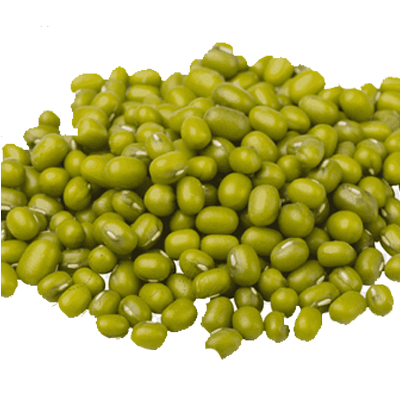
Green Moong (Whole)
Green Moong is also known as Moong Bean, is one of the major pulse crops in India. Whole Moong beans are a high source of nutrients with vitamins and other essential minerals including manganese, potassium, magnesium, folate, copper, zinc etc. They are also high in protein, resistant starch and dietary fiber; it can be used as an ingredient in both savory and sweet dishes. It is also great for sprouting and adds a wonderful crunch as a salad topper. The beans have a sweet flavour, soft texture and are easy to digest.
Green gram is available in many forms including whole, split, de-husked (yellow) and ground. Split Moong beans or green Moong Dal is Green gram that has been split but not skinned.Green Moong dal a traditional ingredient in Indian cooking, often used in curries. Like other legumes, split green gram is low in fat and high in protein and fibre, but it has the added advantage of cooking quickly.
It can be consumed both as a snack and a whole meal. The green moong is loaded with vitamins and other essential minerals which, makes it a must-have on a daily basis. The whole green moong is also very useful in shedding those extra kilos. The mouthwatering dishes prepared from it are salads, soup, paratha etc.
It is a protein well off, staple food. It contains about 25 percent protein, which is almost three times that of cereals. It is consumed in the form of split pulse as well as whole pulse.
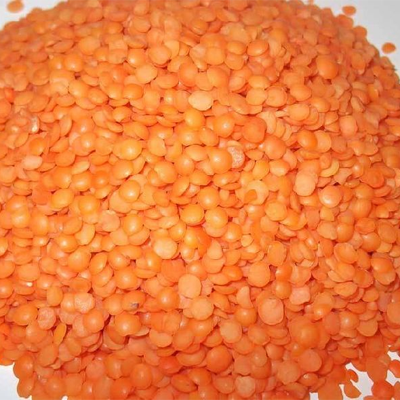
Masoor Dal
Masoor dal is probably the most commonly used Dal in India. It is basically the split lentil without skin and is red in color. Masoor dal can be made into a spicy dish which is not only delicious, but also high in nutritional value. The high fiber content of this dal helps to digest it easily. Various types of khichdi, curry, dal, soup can be prepared from it.
It does not need soaking prior to cooking as it is a "soft" Dal and cooks quickly. When
cooked, Masoor dal turns a soft golden color. With 26% protein, lentils have the thirdhighest level of protein, by weight, of any plant-based food after soybeans and hemp.
Masoor dal is an important part of the diet in many parts of the world, especially in the
Indian subcontinent which has large vegetarian population. The seeds have a short
cooking time (especially for small varieties with the husk removed, such as the common
red lentil) and a distinctive earthy flavor.
Use masoor to make dhal, the classic Indian dish. Usually, they are boiled to a stew-like consistency with vegetables and then seasoned with a mixture of spices to make many side dishes, which are usually served over rice or with rotis.
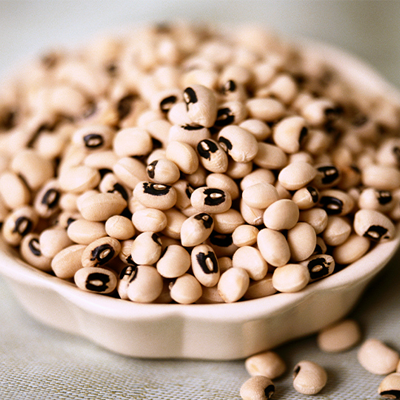
Black/Brown Eyed Bean
Black Eyed Beans are more often called Black Eyed Peas, and they are also known as field peas, Lobiya, and Chawli. The black / brown eye beans have various uses around the world. In India they are majorly cooked as pulse. They are served with boiled rice or breads as a meal. Traditional dish of southern USA” Hoppin Jhon” is made of black eye bean. In Portugal Black Eye Bean served with boiled potatoes and tuna also with salads. Beans are used for traditional cooking.
Black-eyed peas have a smooth texture, pea like flavor and are good when mixed with other vegetables. Like most beans, black-eyed peas are rich in the best sort of fiber – soluble fiber – which helps to eliminate cholesterol from the body. They are an excellent source of calcium,folate, potassium, copper, phosphorous, vitamin A and manganese. As a high-potassium, low-sodium foods they help reduce blood pressure. Not only are they low in fat, but when combined with grains, beans supply high quality protein which provides a healthy alternative to meat or other animal proteins.
